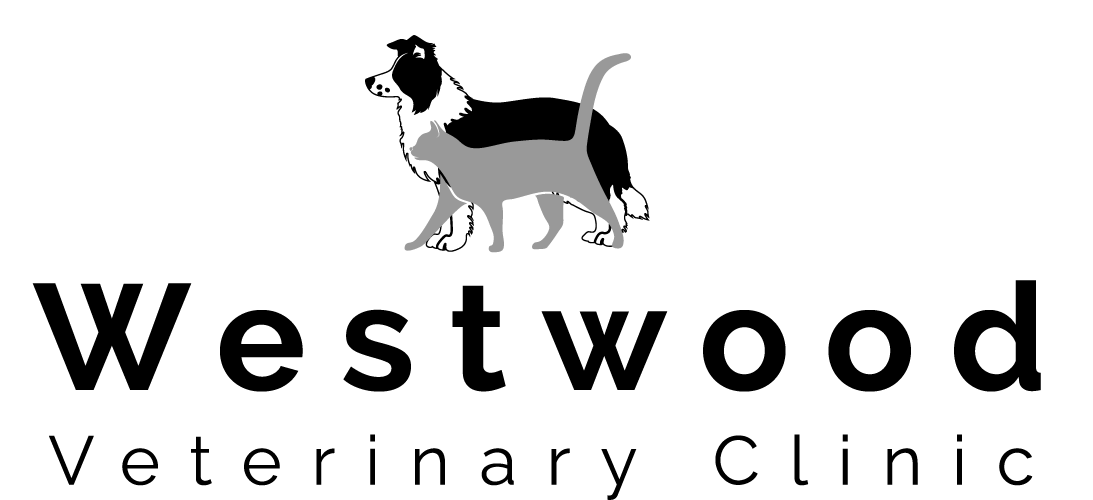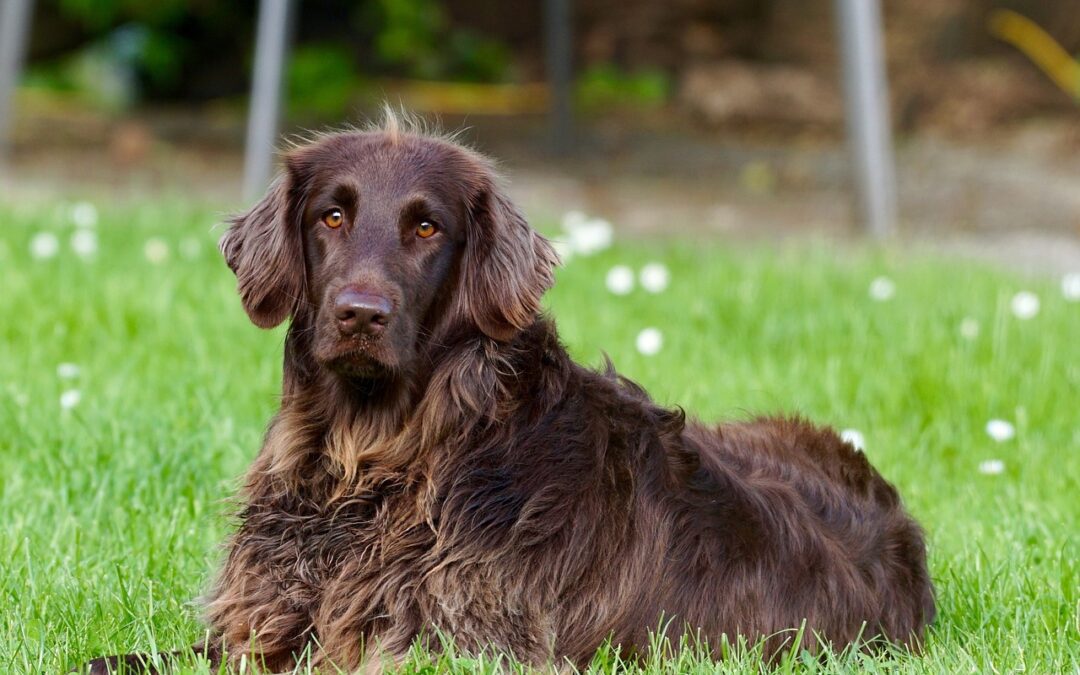What Causes Pet Cranial Cruciate Ligament Tears?
If you watch sports, you probably cringe when you see an athlete fall and clutch their knee. As one of the important ligaments in charge of supporting the knee, the anterior cruciate ligament (ACL) is most likely what they tore.
Did you know that the same knee ligament in your pet can be torn? The issue still exists even if it is known by a different name—cranial cruciate ligament (CCL)].
What does a tear of the canine cranial cruciate ligament entail?
For the knee joint to be stable, the cranial cruciate ligament, which joins the thigh bone (also known as the femur) to the shin bone (also known as the tibia), is crucial. As your pet walks, a ruptured or torn CCL will cause the shin to thrust forward and away from the femur, creating instability and pain.
How is the cranial cruciate ligament caused in animals?
A CCL tear or rupture in a pet can be caused by a variety of circumstances, including:
- Degradation of a ligament
- Obesity
- Unhealthy bodily state
- Genetics
- Shape and arrangement of the skeleton
- Breed
Instead of being the result of an immediate insult to a healthy ligament, CCL rupture typically happens as a result of the ligament steadily deteriorating over months or years.
What symptoms indicate a torn cranial cruciate ligament in animals?
It can be difficult for pet owners to decide whether their pet requires veterinary attention when they notice symptoms of a CCL tear, especially if the tear is partial. However, a CCL rupture necessitates medical treatment, therefore you must make an appointment with our staff if your pet exhibits any of the following symptoms:
- Pain
- Stiffness
- Leg lameness
- Difficulty getting up after sitting
- Difficulty sitting down
- Difficulty jumping into a car or onto furniture
- Decreased activity level
- Muscle atrophy
- Reduced range of motion in knees
How can a cranial cruciate ligament tear be fixed?
Your pet’s activity level, size, age, and degree of knee instability will all affect how they are treated for a torn CCL. Surgery is frequently the best option because there is no other method to permanently treat the instability than with an osteotomy- or suture-based procedure. But another choice might be medical management.
A damaged cranial cruciate ligament may be the cause of your pet’s hind limb limp. To arrange an orthopedic examination, give our staff a call.

